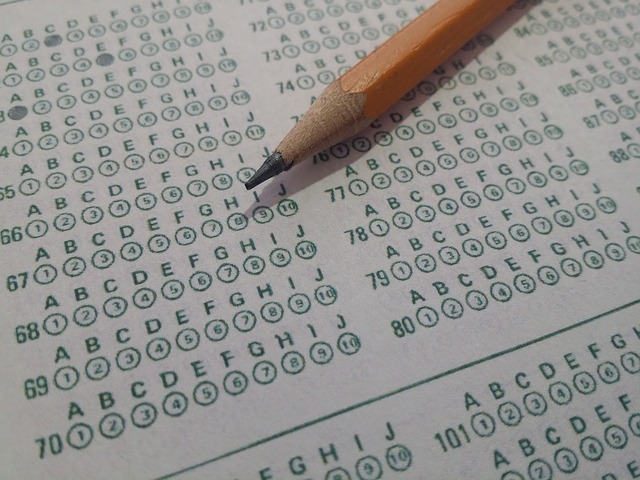A few weeks back I was chatting with a gifted education specialist in our district, an excellent teacher my son was lucky enough to have in elementary school. I asked him some questions that had been in the back of
Read MoreApplying the Principles of “Good to Great” in the Classroom
National Board score releases have come and gone and I was relieved to see the “Congratulations!” banner come across my screen. That was a sweet, sweet moment and I am thankful to all of those who helped and supported
Read MoreMOWR…Is 2nd Grade the New 3rd Grade?
Move On When Reading (MOWR) is a policy currently in effect with the intention of preparing students to be proficient readers by 3rd grade so they are properly prepared to enter 4th. This leads to the questions: What is so
Read MoreThe Educated Voter…Midterm Elections 11/6/18
One lesson that I think all educators across the valley can agree with is that it is critical for us to stay informed and involved in our legislative process. I think we also learned that in order to do this,
Read MoreData – Friend or Foe?
The beginning of a new school year is all about getting to know your new students, showing classroom procedures and rules, making a new friend or two.. right? Wrong. The beginning of a new school year is all
Read MoreMemorization is NOT a Four Letter Word
The start of a new academic year had materialized, and I decided to start it off right. I asked myself “What is something that will make a big positive impact in my class right away?” The answer came quicker than I thought it
Read MoreShould School Ratings Matter?
I started my Mother’s Day doing the unthinkable…arguing with my mother. She had sent me a text stating she felt bad for a high-performance charter school that took a full page ad to defend itself against all the bad press
Read MoreClarity through Focus (Part 2) and #RedforEd
What I discovered at our school was something that we already knew: Although we are an urban-based public school within a district with issues mirroring the nation, we had little to no annual teacher turnover. Our students return to a
Read MoreClarity through Focus Groups (part 1)
Focus group questions projected on the Smartboard? Check. Handouts with the questions so the teachers can follow along? Check. The Asian food I had ordered for our group was out and other snacks are ready to be eaten. Clean tables
Read MoreDo We Really Need 200 School Districts?
Stories from School Blogger Beth Maloney recently wrote the article The Problem with Teacher Pay in Arizona and One Possible Solution . This interesting piece proposes that a statewide salary schedule will equalize pay for teachers while considering qualifications and
Read More


![20180921_011753[1]](http://www.storiesfromschoolaz.org/wp-content/uploads/2018/09/20180921_0117531-881x660.jpg)




